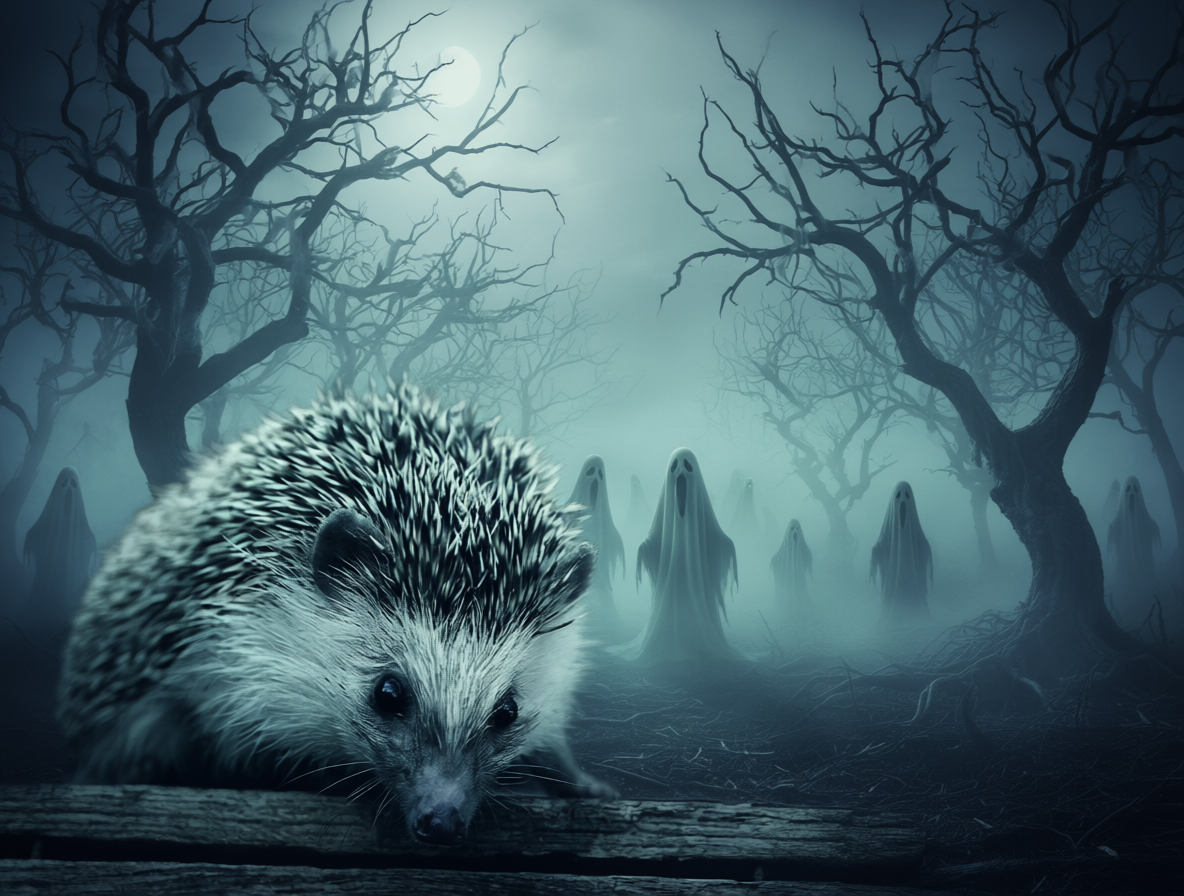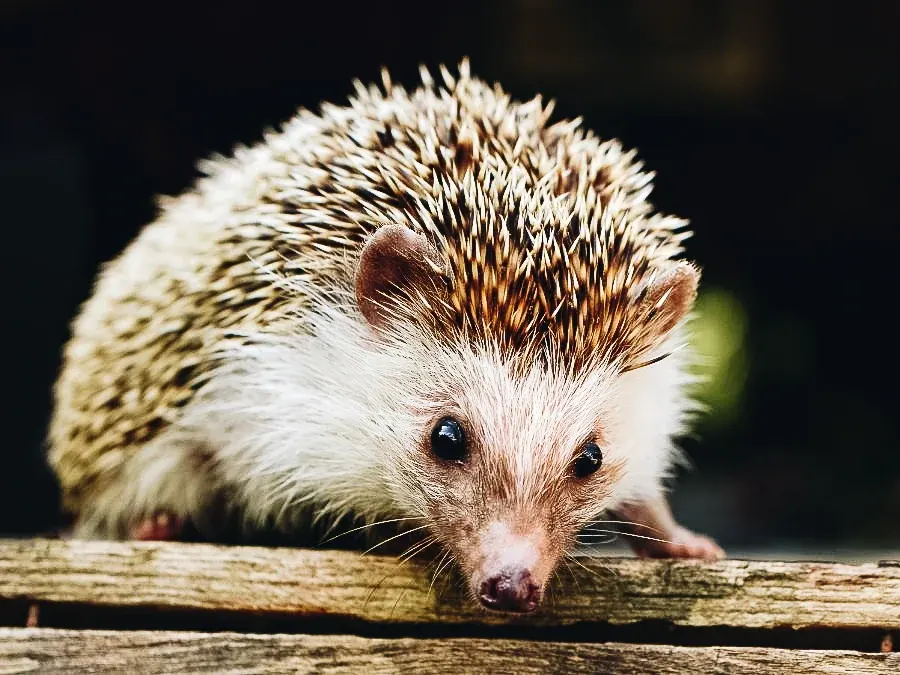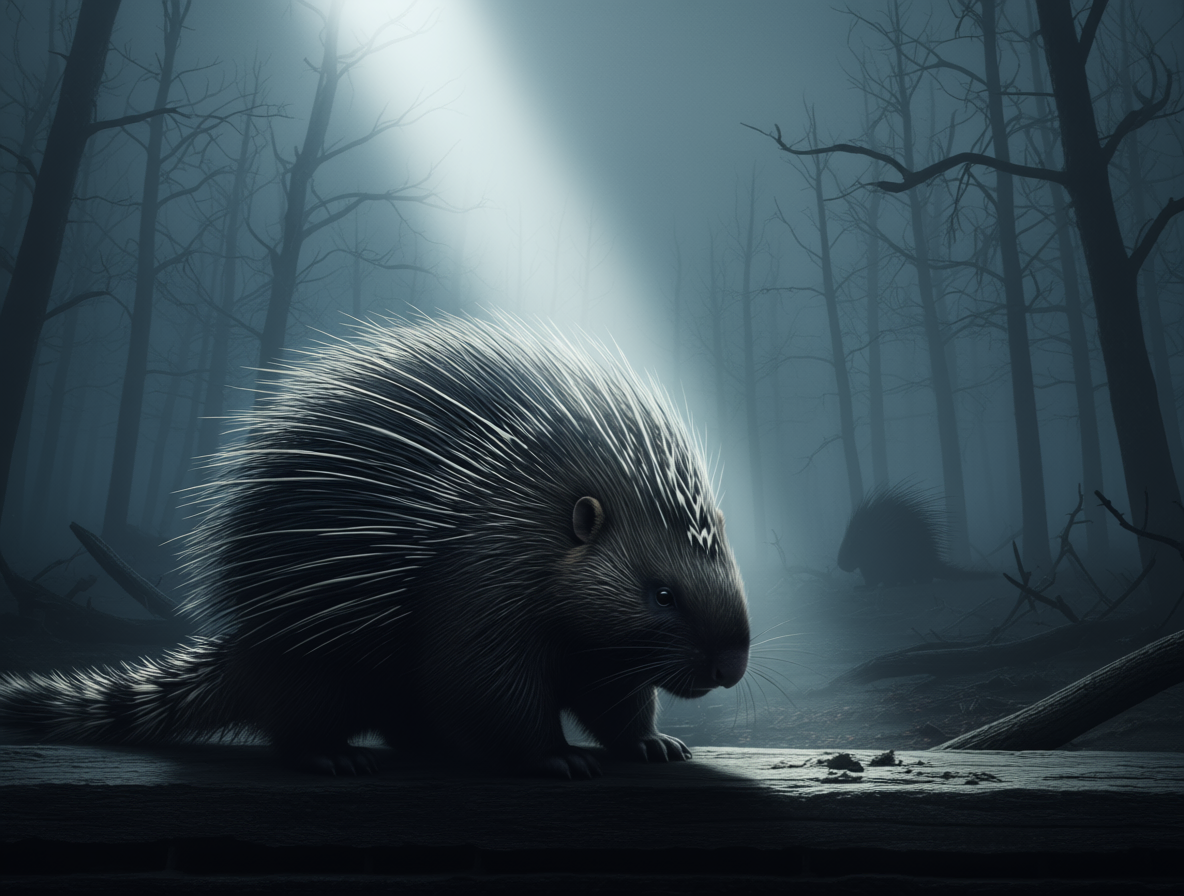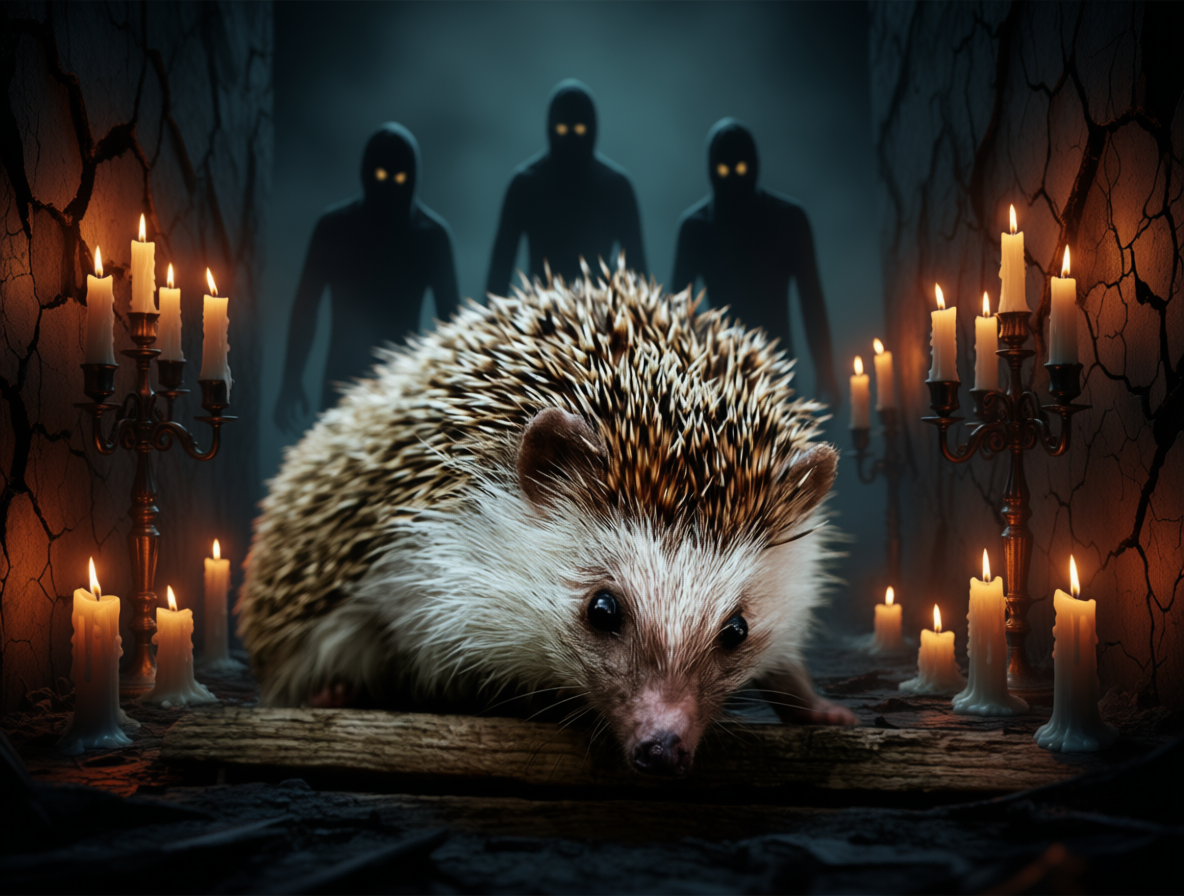
Testing Qwen Image Edit 2509’s capabilities through three different experimental approaches - from standalone generation to detailed image editing instructions.
Table of contents
Open Table of contents
TL;DR
Qwen Image Edit 2509 demonstrates exceptional capabilities in image transformation and enhancement. Through three different experimental approaches, we can see how prompt complexity and instruction clarity affect the final results. The model excels at understanding complex prompts and delivering high-quality, contextually appropriate results.
- Approach 1: Just a prompt without mentioning it to use the uploaded image - testing standalone generation
- Approach 2: Simple one-liner prompt mentioning the uploaded image - testing basic editing capability
- Approach 3: Detailed prompt mentioning the uploaded image - testing complex instruction following
Key Features Demonstrated
- Impact of prompt complexity on output quality
- Difference between image generation vs. image editing modes
- Advanced atmospheric and lighting control with detailed prompts
- Subject preservation capabilities with explicit instructions
Introduction
I’ve been experimenting with Qwen Image Edit 2509 September release, and the results have been impressive. The model’s ability to understand different types of prompts and instructions is remarkable. In this post, I’ll walk you through three different experimental approaches that showcase how prompt structure and complexity affect the model’s output, from standalone generation to sophisticated image editing with detailed instructions.
Original Image

Three Experimental Approaches
To demonstrate the capabilities of Qwen Image Edit 2509, I conducted three different experiments with the same base concept but varying prompt structures and instructions. This approach allows us to see how the model responds to different types of input and instruction complexity.
Approach 1: Standalone Generation - No Base Image Reference
For the first experiment, I used a detailed prompt without referencing the uploaded image:
A hauntingly realistic cinematic shot of a porcupine in the foreground, its body half-lit by a cold beam of moonlight. Behind it looms a desolate, foggy forest with barren trees, broken branches, and shadows that seem to move. The atmosphere is tense and suspenseful, with sharp contrasts between light and shadow, muted earthy tones, and the faint suggestion that something unseen is lurking in the dark. Shot like a high-budget thriller film, with ultra-detailed textures and moody atmospheric lighting.Result Analysis:

The first approach demonstrates the model’s standalone generation capabilities. Key achievements include:
- Pure Generation: Created entirely from the text prompt without base image reference
- Atmospheric Depth: The foggy forest background creates excellent depth perception
- Lighting Control: Successfully implemented “cold beam of moonlight” with realistic effects
- Cinematic Quality: Achieved the “high-budget thriller film” aesthetic through prompt alone
Approach 2: Simple Image Editing - Basic Instruction
For the second experiment, I used a simple one-liner prompt that referenced the uploaded image:
Change the background to some horror and haunted place but keep the porcupine in place in the image.Result Analysis:

The second approach shows basic image editing capabilities:
- Image Recognition: Successfully identified the uploaded image as the base
- Simple Instruction Following: Interpreted “horror and haunted place” effectively
- Subject Preservation: Maintained the porcupine while changing the background
- Creative Interpretation: Added atmospheric elements like candles and mysterious figures
Approach 3: Advanced Image Editing - Detailed Instructions
For the third experiment, I provided comprehensive and detailed specifications:
Keep the porcupine exactly as it is. Replace the background with a haunted, cinematic scene: a fog-filled, eerie forest with twisted barren trees, glowing mist, and ghostly silhouettes hidden in the shadows. Add dramatic, horror-movie lighting with cold moonlight and deep shadows. The overall effect should be chilling, atmospheric, and cinematic, with a desaturated, supernatural color palette.Result Analysis:

The third approach demonstrates the model’s response to detailed instructions:
- Precise Subject Control: “Keep the porcupine exactly as it is” was executed flawlessly
- Detailed Instruction Following: All specified elements (fog, twisted trees, ghostly silhouettes) were included
- Advanced Lighting: Horror-movie lighting with cold moonlight creates dramatic contrast
- Color Palette Control: Desaturated, supernatural color palette as requested
- Atmospheric Mastery: Complex fog and mist effects create the desired eerie atmosphere
Technical Capabilities Observed
Through these three different experimental approaches, several key technical strengths of Qwen Image Edit 2509 become apparent:
1. Mode Flexibility
The model can operate in different modes - pure generation (Approach 1) versus image editing (Approaches 2 & 3) - adapting its behavior based on whether a base image is referenced.
2. Instruction Complexity Handling
There’s a clear correlation between prompt detail and output sophistication. Simple prompts yield good results, but detailed instructions produce more precise and refined outputs.
3. Subject Preservation Accuracy
When explicitly instructed to preserve elements (Approaches 2 & 3), the model maintains remarkable consistency in keeping the main subject intact while transforming surroundings.
4. Contextual Understanding
Each approach demonstrates the model’s ability to understand different levels of artistic direction, from basic concepts to complex, multi-layered instructions with specific technical requirements.
Best Practices for Using Qwen Image Edit 2509
Based on this experimentation, here are some recommendations for optimal results:
Choose Your Approach
- Use standalone generation when you want complete creative freedom without base constraints
- Use simple editing prompts for quick modifications and creative reinterpretations
- Use detailed instructions when you need precise control over specific elements
Prompt Structure Guidelines
- Be explicit about what should remain unchanged when editing existing images
- Use specific terminology - cinematic and photographic terms yield better quality results
- Layer your requirements - specify lighting, color, atmospheric, and compositional needs clearly
- Reference the uploaded image explicitly when you want editing rather than generation
Quality Optimization
- Test different prompt complexities to find the right balance for your needs
- Specify preservation requirements clearly to maintain subject integrity
- Use descriptive artistic language to guide the model’s creative decisions
Conclusion
Qwen Image Edit 2509 proves to be a versatile and powerful tool for both image generation and editing. The three experimental approaches demonstrated here show that the model’s performance scales directly with prompt complexity and instruction clarity.
Key Takeaways:
- Approach matters: The model behaves differently when generating from scratch versus editing existing images
- Detail pays off: More specific instructions yield more precise and sophisticated results
- Flexibility is key: The model can handle everything from simple creative reinterpretation to complex, multi-requirement editing tasks
Whether you’re looking to generate entirely new images or enhance existing ones, Qwen Image Edit 2509 offers the precision and quality needed for professional results. The key is understanding how to structure your prompts appropriately for your specific use case - from simple creative exploration to detailed technical specifications.
For best results, experiment with different prompt complexities and be explicit about your requirements, especially when working with base images that need specific elements preserved.